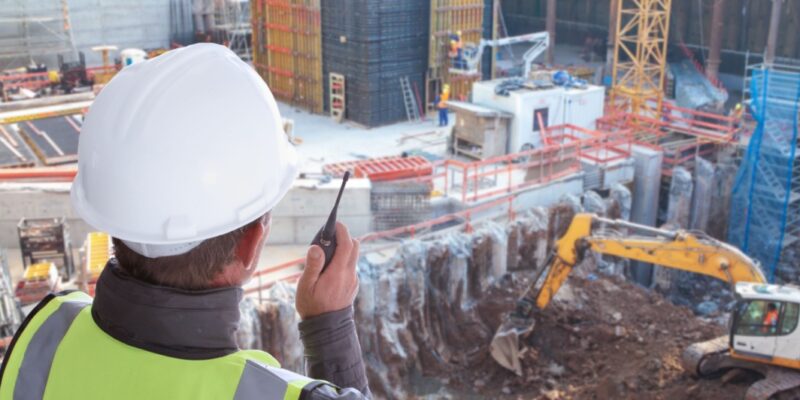In emergency situations, reliable and immediate communication can be the difference between life and death. First responders, whether firefighters, paramedics, or law enforcement, require tools that allow them to communicate effectively across teams, agencies, and geographic areas. From coordinating rescue efforts to maintaining situational awareness in real time, dependable communication systems are not just beneficial; they are critical. As demands on emergency personnel grow, the technology they use must evolve as well, keeping pace with the increasing complexity of modern emergency response.
The Challenges of Field Communication
Emergency responders often operate in challenging environments. These can range from remote rural areas with limited signal coverage to densely populated cities where radio interference is common. High noise levels, extreme weather, and unpredictable circumstances can all make communication difficult. Additionally, interoperability remains a consistent challenge. Different agencies may use different platforms, making cross-communication inefficient or, at times, impossible.
Without the right tools in place, these challenges can cause delays, confusion, or duplicated efforts that hinder emergency response. That’s why having a unified, robust, and intuitive communication solution is essential to field operations.
The Role of Two-Way Radios in Emergency Response
Two-way radios have long been a staple for emergency communication, and for good reason. They offer real-time, push-to-talk functionality that’s faster and more reliable than traditional mobile phones during crises. Unlike cellular networks that may become overloaded or fail during disasters, two-way radio systems are often built to remain functional even under duress.
Modern digital radios go far beyond simple voice communication. They can provide GPS location tracking, text messaging, and even remote monitoring features. These tools enhance coordination by allowing dispatch centers and team leaders to understand where units are, what resources are available, and how operations are progressing. This real-time intelligence improves response times and helps ensure that personnel are deployed where they are needed most.
Why Interoperability Is Essential
In large-scale emergencies, multiple agencies must work together seamlessly. Fire departments, police forces, EMS teams, and even utility companies may all converge on the same scene. Interoperability ensures that communication systems between these groups function smoothly, regardless of who owns the equipment.
Achieving interoperability involves more than just using the same frequencies. It includes standardizing communication protocols, ensuring equipment compatibility, and training personnel to operate within shared systems. Many modern radio systems now support multi-protocol operations, making it easier for agencies to adopt solutions that can bridge existing communication gaps.
Features That Make a Difference
Today’s emergency responders benefit from communication tools with advanced features designed specifically for high-stress, fast-moving environments. Some of the most valuable capabilities include noise suppression for clearer audio in loud environments, GPS integration for live location tracking, and emergency alert buttons that instantly signal distress.
Additional features like remote kill functionality can disable lost or stolen radios to prevent unauthorized use, and Bluetooth connectivity allows hands-free operation for responders managing equipment or patients. These enhancements streamline operations, reduce confusion, and ensure that every team member remains connected and accounted for.
Future-Ready Communications for Emergency Services
As emergency response becomes increasingly complex, communication technology will continue to evolve. Integration with drone systems, body-worn cameras, and real-time data analytics is already underway in many departments. The move toward smart cities will also place greater demands on emergency systems, requiring more robust infrastructure and smarter interoperability solutions.
Advanced systems like distributed antenna systems (DAS) are being implemented in public buildings and campuses to boost indoor radio coverage. This ensures that responders can maintain communication inside schools, hospitals, high-rises, and other challenging locations.
Building Confidence Through Communication
When every second matters, responders need to trust that their tools will work without fail. Investing in reliable, field-tested communication systems doesn’t just improve response effectiveness, it enhances safety for both responders and the communities they serve. Proper training, system maintenance, and technological upgrades are all part of keeping communication systems battle-ready.
At Highland Wireless, we understand the critical role communication plays in public safety. We proudly offer advanced radio systems from leading manufacturers and support agencies with customized solutions that meet their specific needs. From radio rentals to permanent infrastructure, our goal is to empower emergency personnel with the tools they need to stay connected and stay safe.
Get in touch with Highland Wireless today to learn how we can help you enhance your emergency communication strategy.





